A Deep Dive into the Alien Universe: From ‘Alien’ to ‘Alien: Romulus’
One of the most anticipated theatrical releases of August is undoubtedly the latest installment in the Alien franchise: Alien: Romulus!
While Ridley Scott isn’t at the helm this time, with Fede Álvarez taking over as director, Álvarez’s recent track record speaks for itself. With critically acclaimed works like the Evil Dead remake, the suspenseful hit Don’t Breathe, and the innovative series Calls, Álvarez has proven his talent in the horror-thriller genre.
According to Álvarez, Alien: Romulus was initially planned for a streaming release, similar to 2022’s Prey on Hulu. However, just before production began, the studio made the bold decision to bring it to the big screen. Producer Ridley Scott, upon seeing a rough cut of the film, reportedly praised it highly, indicating the scale and quality of the project.

Notably, Alien: Romulus isn’t a prequel. Its timeline falls between the first Alien film and Aliens, chronicling the terrifying experiences of a group of young space colonists encountering the Xenomorph. A recently released teaser trailer for Alien: Romulus clarifies its connection to Ridley Scott’s 1979 Alien: the Xenomorph that Ripley ejects into space at the end of the first film is the very creature the protagonists in Romulus will face.
This year marks the 45th anniversary of the original Alien’s release, with 20th Century Studios even re-releasing the film in April. As we eagerly await Alien: Romulus, let’s take a look back at the history of the Alien IP.
From Space Opera to Space Horror: The Genesis of Alien
In 1977, Hollywood experienced a seismic shift as Star Wars propelled science fiction to the forefront of blockbuster filmmaking. Studios, both major and independent, began investing heavily in projects centered around space, aliens, and interstellar warfare.
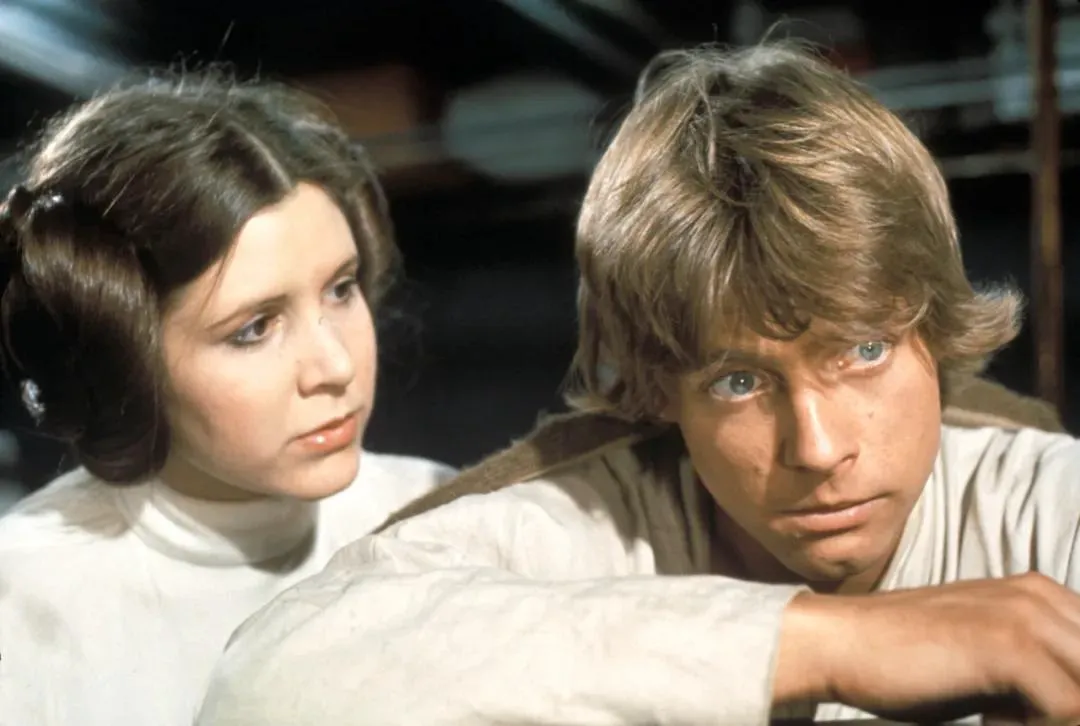
20th Century Fox, the studio behind Star Wars, wasn’t about to miss out on this trend. However, the only project they had readily available was Alien. The leadership quickly greenlit the project with a budget of $4.2 million.
This seemingly rushed production didn’t result in a cheap B-movie. Instead, Alien achieved a level of atmosphere and sophistication reminiscent of Kubrick’s 2001: A Space Odyssey.
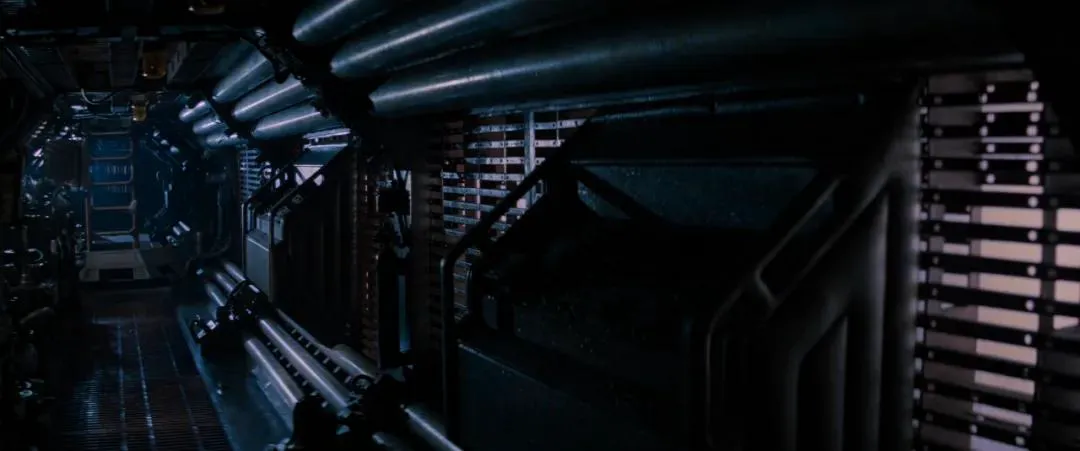
This grand, deliberate tone is evident from the film’s opening shot. The camera slowly pans from left to right, gradually shifting focus from a massive planet to a ghostly, desolate space freighter, accompanied by Jerry Goldsmith’s eerie orchestral score.
The scene progresses from wide shots to close-ups, gradually entering the seemingly ordinary yet deserted interior of the ship. The seven crew members, previously in hibernation, are abruptly awakened.

Their mission was to transport twenty million tons of ore back to Earth, but for unknown reasons, the ship’s mission directives have been altered after detecting a signal from a mysterious planet. They are now required to send a team to investigate, setting the stage for an unavoidable disaster. The first half of the film steadily builds an atmosphere of unease, with the mysterious signal causing internal strife among the crew and the alien ship’s interior filled with unknown, terrifying traps, further straining the protagonists’ nerves.
As director Ridley Scott stated, he wasn’t overly concerned with the science fiction aspects of the film, but rather aimed to create a “Texas Chainsaw Massacre” in space.
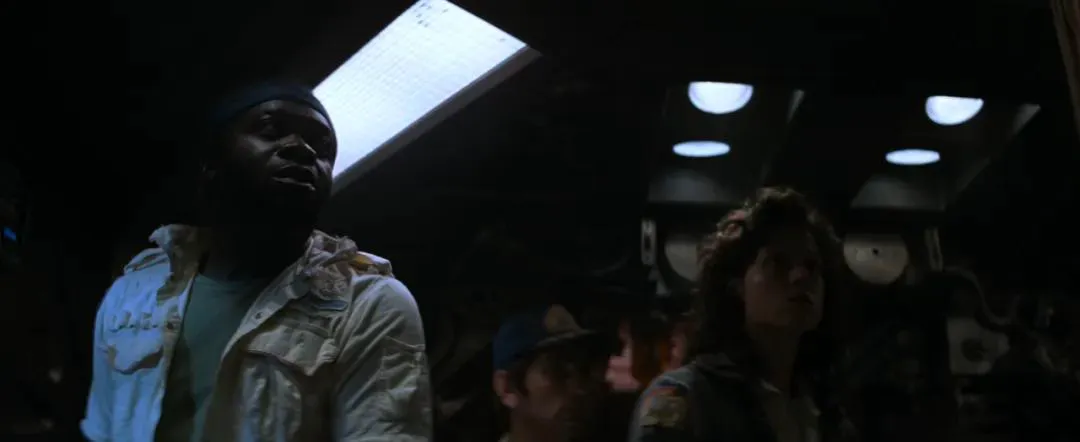
However, the director avoided cheap, crude methods of depicting gore, instead focusing on creating a claustrophobic sense of dread through lighting, cinematography, and set design. But Alien’s strength lies not only in emphasizing the confined spaces of the ship, but also in making the story believable through character development and plot progression.
As film critic Roger Ebert noted, “The actors in Alien are older than the actors in most thrillers of the time (the 1970s). Sigourney Weaver, the youngest, was 28, and Harry Dean Stanton, the oldest, was over 50.”
Furthermore, the characters’ daily lives revolve around casual conversations at the dinner table and calculating potential salary increases. In essence, the characters in Alien aren’t reckless youths seeking trouble, but rather working-class individuals trying to make a living. Even their encounter with the Xenomorph stems from the corporation’s disregard for their employees’ lives.
The combination of a claustrophobic space environment and the realistic portrayal of expendable workers is what makes Alien so terrifying yet believable.
The Architects of Nightmares: Key Figures Behind Alien
Upon its release in 1979, Alien grossed $108 million on a budget of $11 million. While it didn’t achieve the global phenomenon status of Star Wars, Alien’s commercial value and cultural impact were significant.
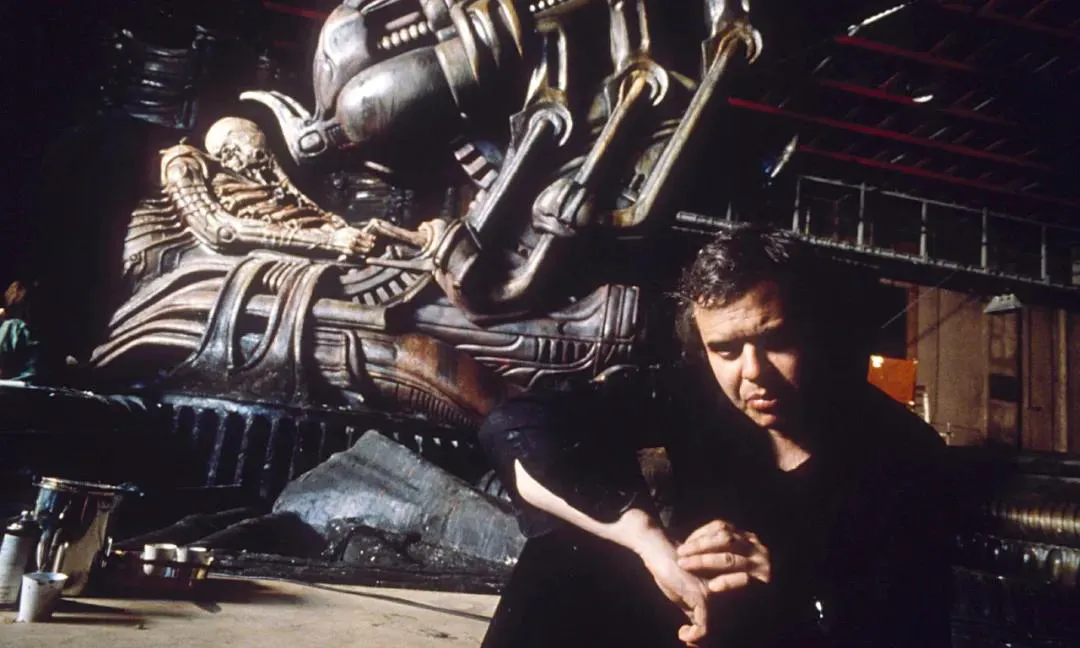
Besides director Ridley Scott, two other key figures were instrumental in creating this sci-fi horror IP: screenwriter Dan O’Bannon and artist H.R. Giger.
In the late 1970s, O’Bannon collaborated with horror master John Carpenter on the sci-fi film Dark Star. While the film was creatively ambitious, its low-budget production inspired O’Bannon to create a more realistic sci-fi horror film.
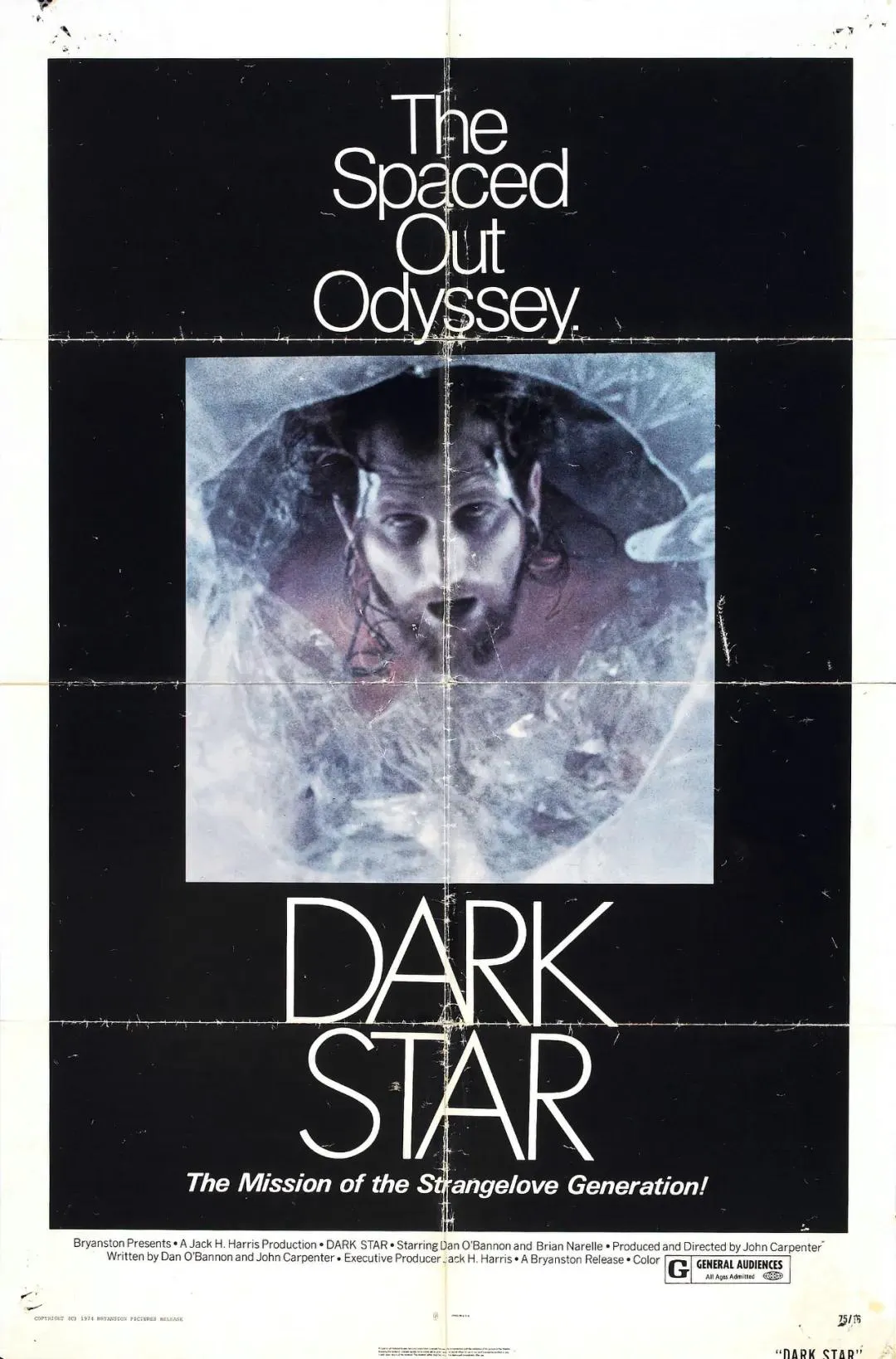
In the following years, he collaborated with Ronald Shusett to create the initial story outline for Alien, which included the basic plot of the first half-hour of the film: the astronauts being disturbed by a mysterious signal and investigating an alien planet.
Around this time, the legendary filmmaker Alejandro Jodorowsky was preparing his ill-fated adaptation of Dune, and O’Bannon became a part of Jodorowsky’s inner circle. Although Dune never materialized, O’Bannon benefited greatly from his six months in Paris, where he met Chris Foss, Moebius, and H.R. Giger.

In addition to visual inspiration, O’Bannon reportedly drew heavily from cult horror films of the 1950s and 60s, such as The Quatermass Xperiment, Forbidden Planet, and Planet of the Vampires, when conceiving Alien.
The iconic chest-burster scene in Alien is credited to Shusett. However, the most crucial element, the Xenomorph itself, was inspired by Giger’s masterpiece, Necronomicon IV.

At the time, Ridley Scott was a rising star, having just directed his debut film, The Duellists, to critical acclaim. 20th Century Fox entrusted Scott with directing Alien.
O’Bannon introduced Giger to Scott, and after seeing Necronomicon IV and Giger’s other works, Scott immediately traveled to Zurich to meet Giger. He commissioned Giger to design the planetary surface, the alien ship, and the four stages of the Xenomorph’s life cycle.

Giger’s dark and morbid artistic style made the Xenomorph’s design and its underlying symbolism intriguing, which is a major reason for the film’s profound impact.
For example, the facehugger’s resemblance to female genitalia and the Xenomorph larva bursting from the chest mimicking male genitalia. The adult Xenomorph combines masculine strength with feminine slenderness, featuring both a ribcage skeleton symbolizing death and a head resembling a phallus symbolizing life.
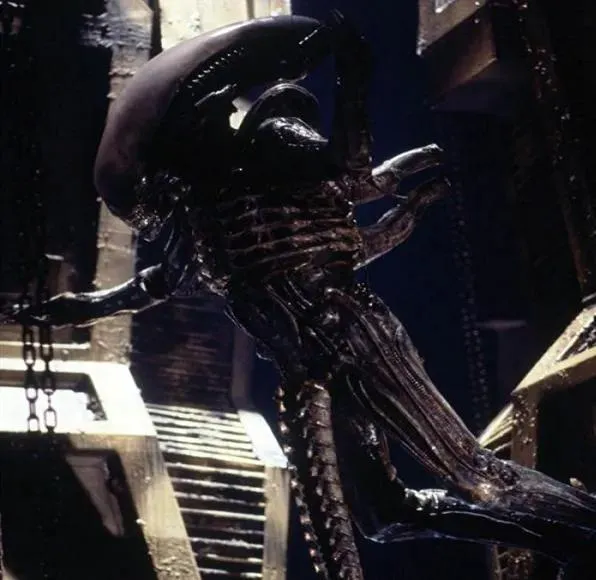
Interestingly, this complex sexual symbolism, under Ridley Scott’s direction, becomes both a deadly weapon and a means of incubating new life forms within a host.
In summary, screenwriter O’Bannon provided the overall framework for Alien, designer Giger fleshed out the entire creature, and director Scott gave the film a thought-provoking soul.
Sequels and Beyond: Expanding the Alien Universe
Since the original Alien in 1979, the franchise, like most successful Hollywood films, has spawned numerous sequels.
These sequels were directed by talented filmmakers, each with their own distinct style.

In 1986, James Cameron, fresh off the success of The Terminator, took over the directorial reins from Scott. He shifted the focus away from the claustrophobic horror of the spaceship and the sexual undertones of the Xenomorph, transforming it into an action-packed interstellar war film.
You can even see hints of Avatar in the film, such as the soldiers waking up from their hibernation pods and the final action scene where the heroine pilots a mech suit to fight the Xenomorph.
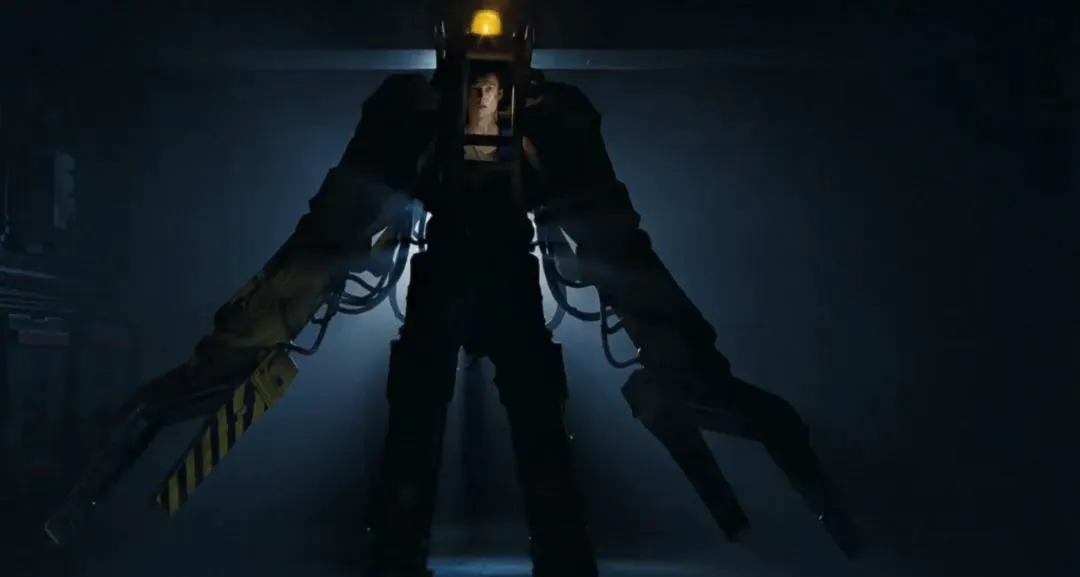
Aliens earned $130 million at the box office and received critical acclaim.
In 1992, David Fincher, making his directorial debut, took the helm for Alien 3. The film wasn’t a space-based Texas Chainsaw Massacre or an Alien-themed Avatar, but rather a story about Ripley being stranded on an interstellar prison and fighting Xenomorphs alongside a group of inmates.
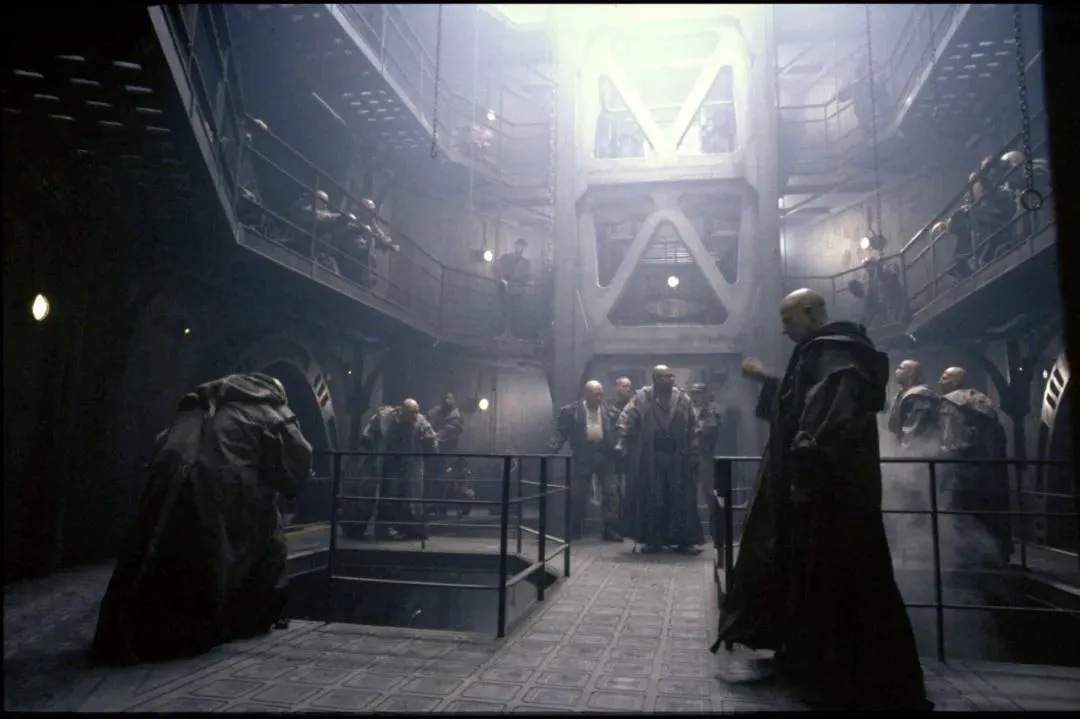
Due to Fincher’s limited creative control, the film’s plot was somewhat chaotic, and the claustrophobic horror was replaced by a sense of nihilism, making it the lowest-rated Alien sequel.
Five years later, French director Jean-Pierre Jeunet took over for Alien: Resurrection. Jeunet is best known for Amélie, starring Audrey Tautou. However, before that, Jeunet gained Hollywood’s attention with his whimsical imagination and unexpected dark humor.

This gave Alien: Resurrection a French flair with bizarre scenes, exotic elements, and an undiminished sense of horror, making it a favorite among fans.
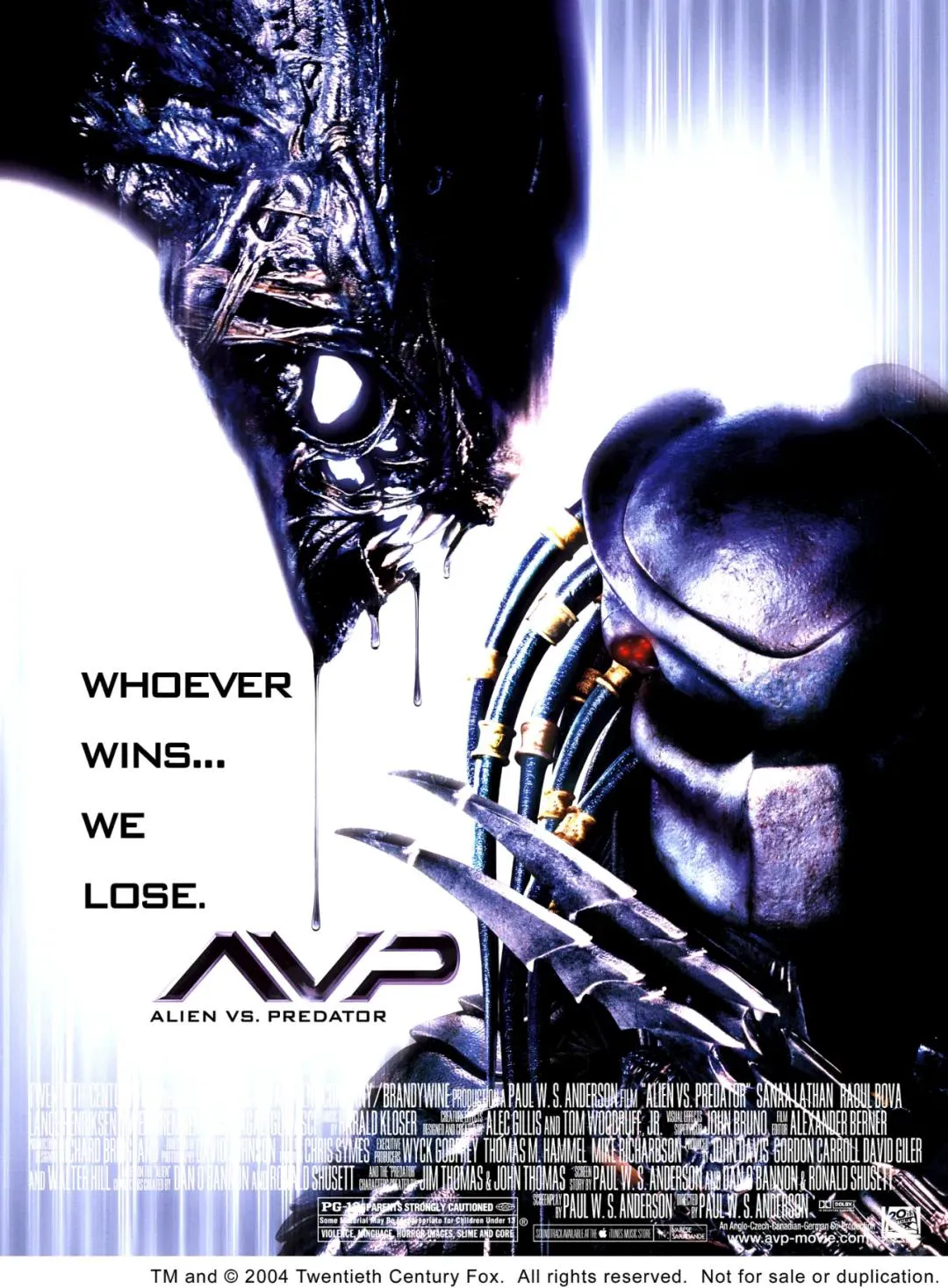
In the following decade, 20th Century Fox, in an effort to create a crossover event, pitted the Xenomorph against another of its IPs, the Predator, in two Alien vs. Predator films.
In these films, the Xenomorph became a simple leveling-up tool, with the Predator needing to defeat the Xenomorph to complete its rite of passage.
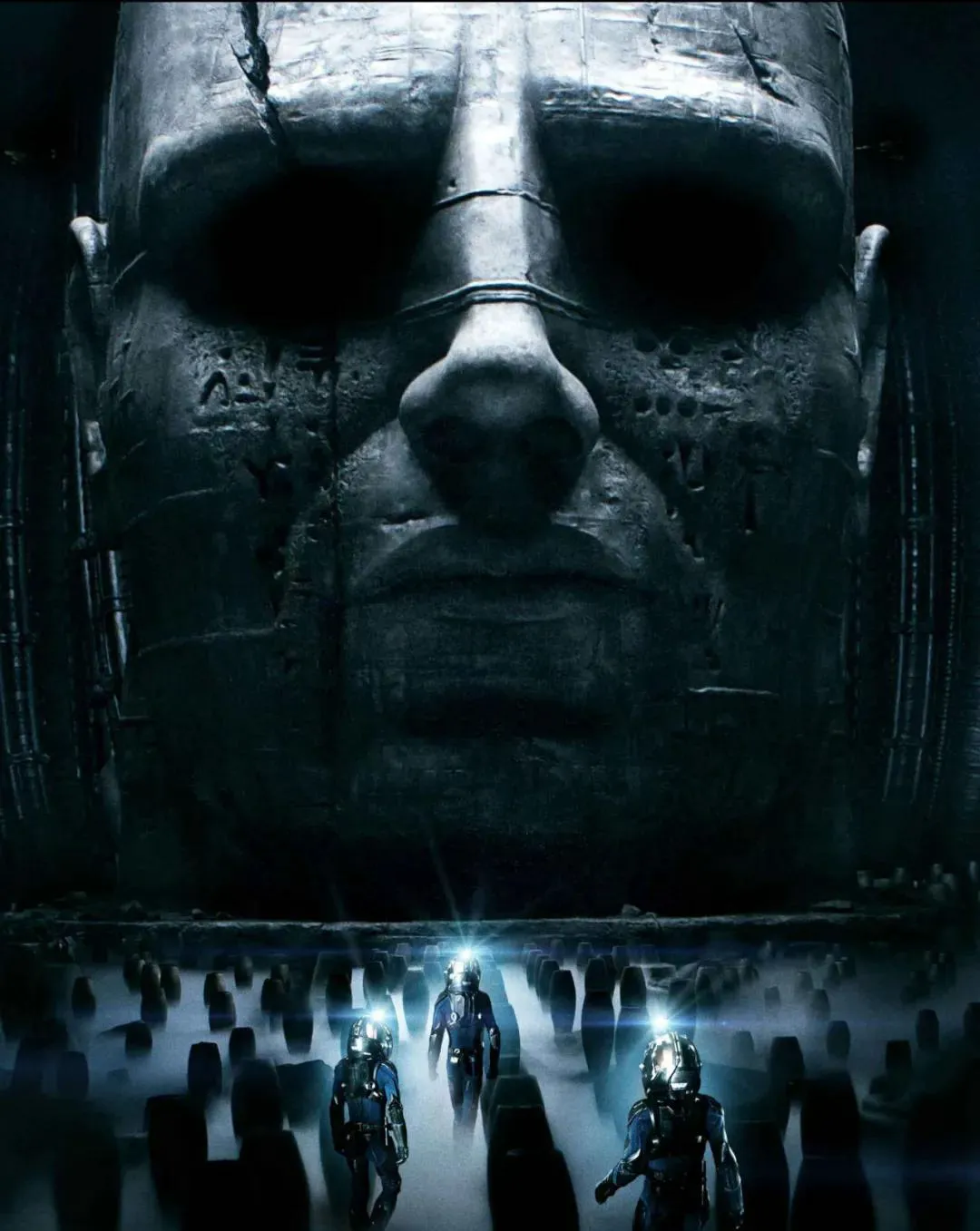
It wasn’t until 2012, when Ridley Scott returned to direct the prequel Prometheus, that the Alien series finally returned to its original 1979 flavor, focusing on grand alien mythology and the intricate creation mythos. In Prometheus and its sequel, Alien: Covenant, humans, robots, Xenomorphs, and “Space Jockeys” form a complex relationship of creation/re-creation. Scott was no longer content with the horror narrative of the original Alien, but sought to introduce philosophical questions about human existence.
Looking back, the 45 years of Alien also represent 45 years of Hollywood sci-fi’s rise. While Alien didn’t single-handedly start this trend, it certainly created the space-based claustrophobic horror genre and influenced a large number of subsequent films.
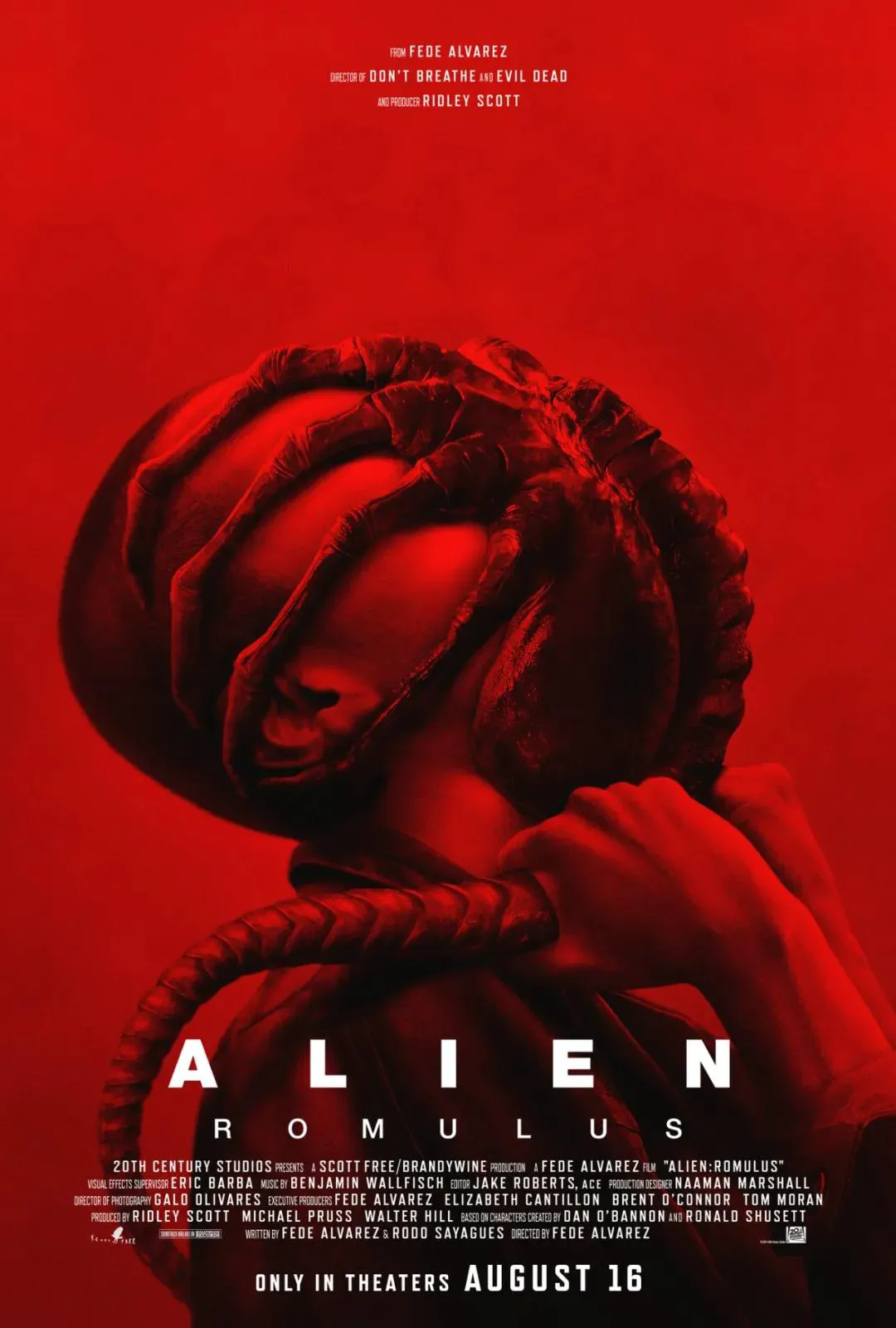
Can the upcoming Alien: Romulus breathe new life into this old IP?
That’s a question audiences are eager to have answered.